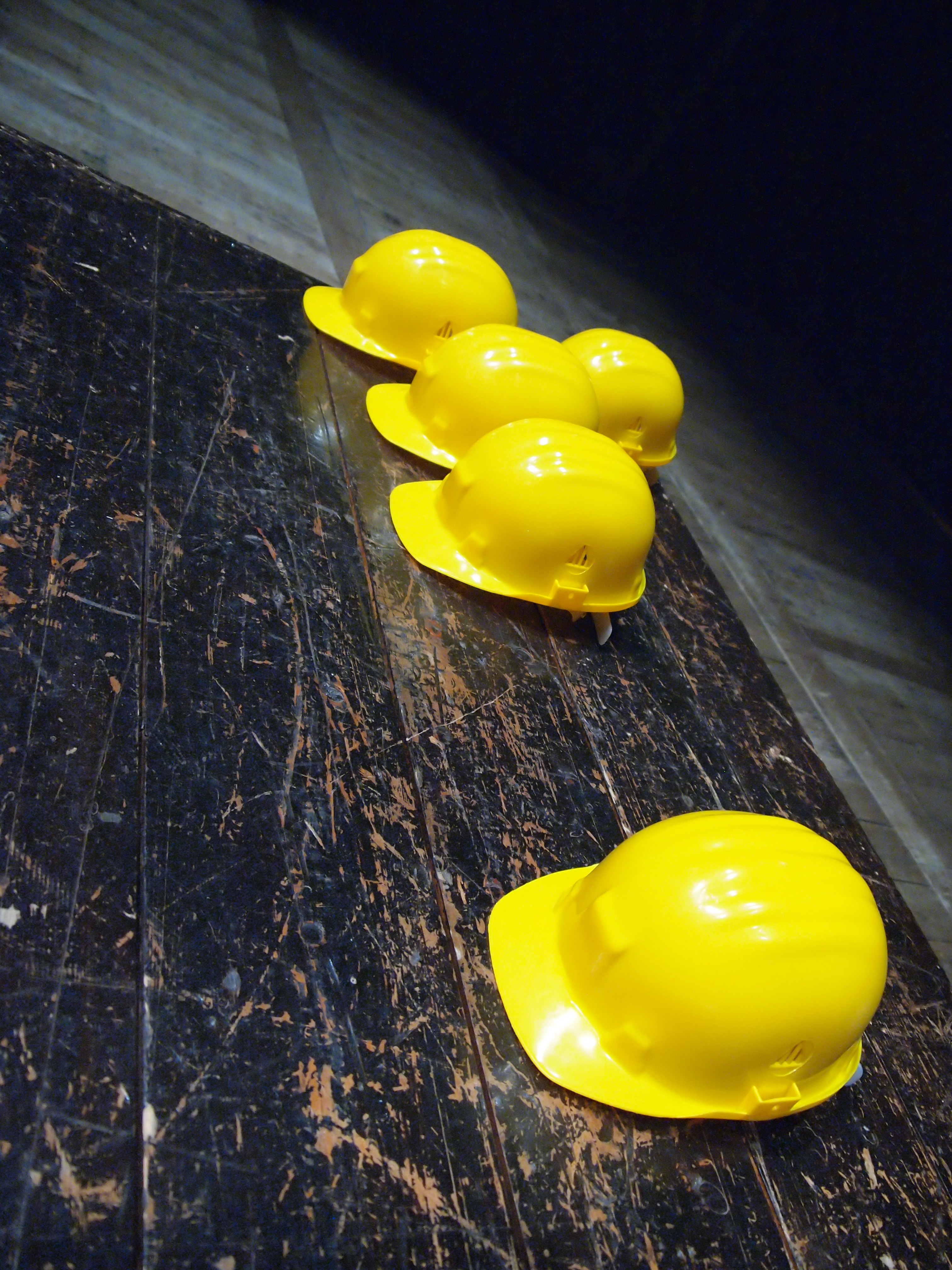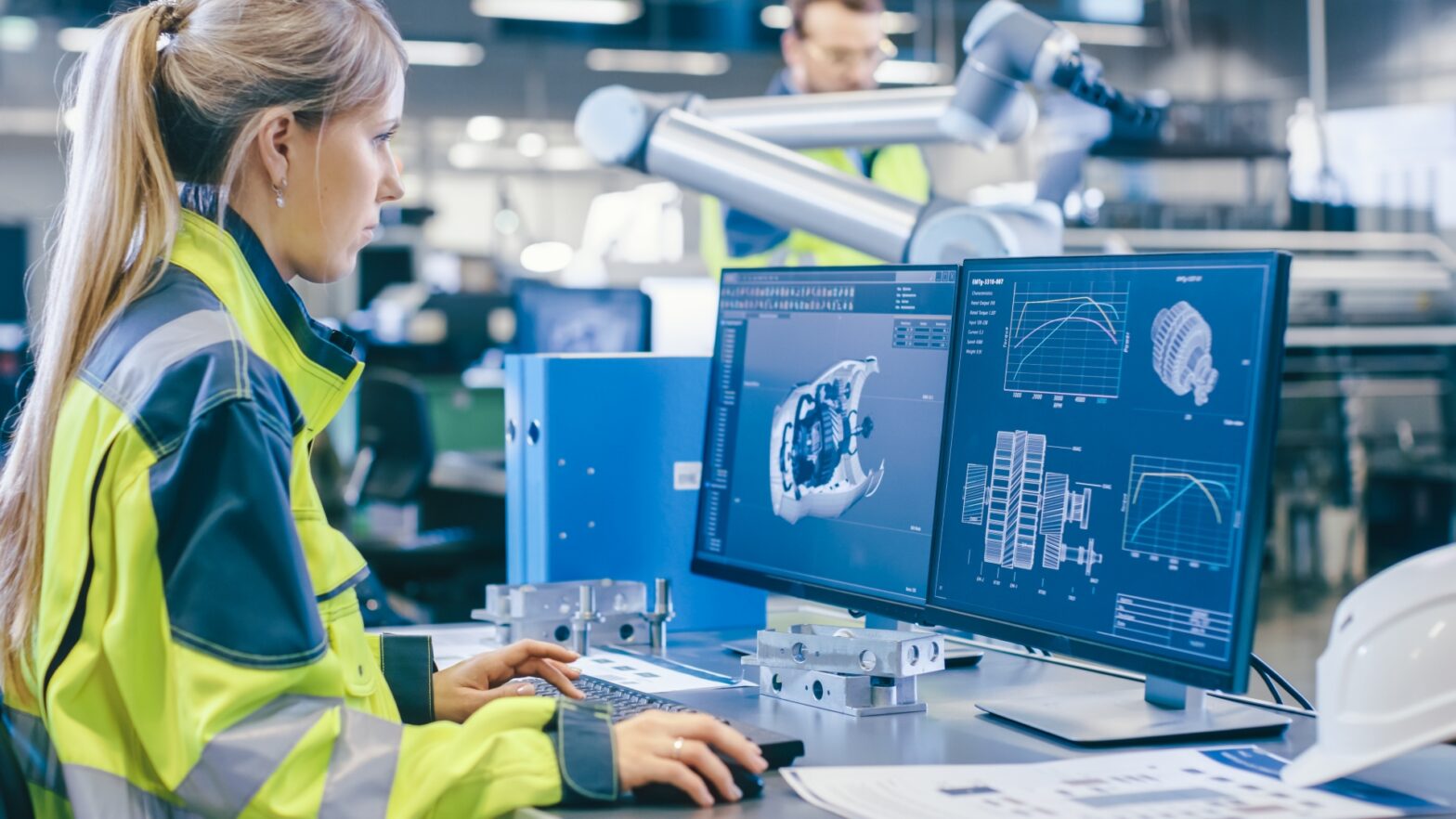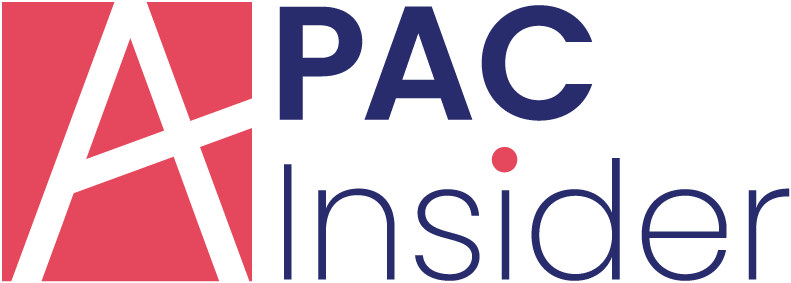Top Features in Construction Equipment Tracking Software
Project management and resource allocation are the lifelines of the construction business. Tracking equipment is a key factor that can lead to high productivity and greater savings. Construction equipment tracking software provides important functionalities to aid in the business’s operation. In this post, we will discuss the key features that make it a must-have for your construction project.
Track Location in Real Time
The construction equipment tracking software enables managers to track the precise location of their equipment in real-time. It, thus, improves operational efficiency by minimising the time spent searching for machinery. It also plays a role in improving equipment utilisation by ensuring that resources are directed to the areas where they are most needed. An accurate view of equipment location helps companies reduce delays and improve workflow.
Maintenance Alerts and Scheduling
For the long-lasting efficiency of the construction equipment, regular maintenance is always advisable. The software sends alert reminders for the scheduled servicing, which helps to avoid sudden breakdowns. This helps to prepare ongoing maintenance tasks without hindering the projects. Proper maintenance of machinery can save money on repairs and increase the life of the equipment.
Tracking Petrol Usage
Monitoring fuel consumption is necessary to control costs and increase efficiency. Tracking software provides information that shows companies how they consume fuel, where they waste fuel, and how they can utilise it in an optimised way. This data enables managers to make wise decisions to cut costs and enhance sustainability. Furthermore, with fuel monitoring systems, we can nudge people towards responsible consumption that mitigates the impact on the environment.
Utilisation Reports
Availability reports provide a clear visualisation of equipment usage by frequency and efficiency. Such reports reveal unused machinery to help you redistribute or liquidate otherwise unused assets. Comprehending the use of equipment opens avenues for making strategic decisions that elevate productivity while keeping costs to a bare minimum. It makes sure that resources are utilised to their full potential by adopting a data-driven method.
Geofencing Capabilities
Geofencing is a security feature that creates a virtual perimeter around job sites. Alerts are triggered if equipment moves away from these defined areas, making it difficult for businesses to prevent theft. This feature secures assets and enforces project boundaries, helping maintain security and accountability on construction sites.
Historical Data Analysis
Historical data analysis is a valuable resource for your strategic planning. The software allows detailed records of how equipment is used, maintained, and other metrics to be logged. Through historical data analysis, businesses can spot patterns and make forecasts about future performance. Such analysis, ideally, facilitates decision-making and makes it easier for management to use resources.
Other System Integration
Various software systems are used to run construction projects. Tracking equipment software should integrate well with other systems, such as project management and finance systems. By integrating both tools, you ensure seamless two-way transfer of information between the two systems, eradicating any manual data entry and eliminating potential human errors. Integrating systems will help companies boost overall efficiency and coordination.
User-Friendly Interface
Software adoption requires a user-friendly interface. The tracking software should be user-friendly, so users can easily navigate around it and get what they need. A user-friendly interface minimises the time required for training and allows everyone in the team to use the software efficiently. This availability is crucial in utilising the potential of technology in construction.
Scalability and Customisability
The construction projects you work on may be of different sizes and complexity, which means construction software needs to be flexible. Scalability will make sure that the software can manage increased outputs as projects scale. Customisation enables organisations to customise functionalities based on specific needs, thus improving functionality and relevance. The ability to adapt helps ensure the continued usefulness of the software as projects change.
Conclusion
The construction equipment tracking software has so many features that make project management a lot easier. Be it tracking real-time location or monitoring fuel, each of these tools provides insight into improving productivity and driving cost savings. Using these features, companies can improve their operation, protect their real assets, and make better decisions. A tool that ensures long-term success in construction projects is a strategy that keeps performance on track.



























